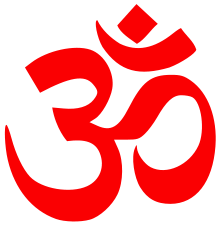Today marks the 100-year birthday of Alan Watts. While Watts’ “came out of this world” on 6 January 1915, and “returned to the world” in 1973 (far too young, at 58 years old), his legacy continues and expands in influence and appreciation.

Alan Watts was a polymath of spirituality, religions, mysticism, philosophy, psychology, phenomenological, among his many disciplines. Though he tried to prevent labels, he was an expert in Zen Buddhism, Taoism, had a stint as an Episcopal clergyman, and a professor and dean of the Academy of Asian . He called himself a “philosophical entertainer”.
Watts was a man before his time, he had visions of the future that have come true, he was a man outside of time, using psychedelic drugs to understand that space beyond, he was a man of ancient wisdom, and a voice of the future who people in millennia ahead are likely to see to be one of the most transcendent and illuminating of all.
Watts is most famous for his influence in bringing Eastern thought to the West. He had a unique ability to make the complex simple, and to make the serious fun.
He describes himself as a ‘sedentary and contemplative character, an intellectual, a Brahmin, a mystic, and also somewhat of a disreputable epicurean who has had three wives, seven children, and five grandchildren’ to which he says he ‘cannot make up my mind whether I am confessing or boasting’ (Watts 1972: x).
He recalls that he has ‘come to see that my own “sins” are as normal and as boring as everyone else’s … beyond boasting on the one hand, or confessing or apologizing on the other, I find my life intensely interesting’ (6).
Watts is a living example of his philosophy, to the extent that even his autobiography does not follow a ‘linear dimension,’ since he explains that ‘I do not subscribe to the chronological or historical illusion that events follow one another on a one-way street, in series… the world itself isn’t strung out; it exists in many dimensions.’
His purpose is to entertain the reader, and perhaps even more so to entertain himself. Instead he tell his biography starting from the present, ‘from which the past rails and vanishes like the wake of a ship.’
He admits to accusation of critics of his repetition, explaining that ‘varied repetition is the essence of music.’ He says: ‘Each of the twenty books I have had published arrives at the same destination from a different point of departure, … Taking the premises of Christian dogmatics, Hindu mythology, Buddhist psychology, Zen practice, psycho analysis, behaviorism, or logical positivism, I have tried to show that all are aiming, however disputatiously, at one center. This has been my way of making sense of life in terms of philosophy, psychology, and religion’ (4).
Watts’ influence is widespread and still unfolding: in our culture, in academia, and in the world.
Peter J. Columbus and Donadrian L. Rice collected essays Here and Now explore Watts’ contribution to contemporary academic literature in psychology, philosophy and religion, pointing to many areas yet untapped.
Watts was involved in setting up (what is now called) the California Institute of Integral Studies, which continues to offer university courses in the interdisciplinary fields that Watts explored. Ralph Metzner, Brian Swimme and Charlene Spretnak are among its esteemed professors.
Watts had a significant influence in counterculture movement of the ’50s, ’60s and ’70s, that started in San Fransisco and spread across the world. The Occupy Movement and many environmental and social movements to advocate its values.
Watts’ lectures, many recorded on his home on an old ferry boat S. S. Vallejo in Sausalito, California, uplift the moods of millions of people every day: http://www.alanwatts.org/collections.php
Watts books have influenced writers such as Deepak Chopra (see his Introduction to The Wisdom of Insecurity: A Message for an Age of Anxiety), Spike Jonze (hence Watts’ cameo appearance in the movie Her) and the animators of South Park Trey Parker and Matt Stone- see their videos:
https://www.youtube.com/watch?v=7YgEhvZDZVg
A new film by his son Mark Watts, who is now building The Alan Watts Mountain Center north of San Francisco, was released last year: http://www.alanwatts.org/news.php
You’ll never regret getting his books, downloading his lectures, or now the Apps… here are some links to his books on Amazon:
In My Own Way: An Autobiography
The Book: On the Taboo Against Knowing Who You Are
The Wisdom of Insecurity: A Message for an Age of Anxiety
This Is It: and Other Essays on Zen and Spiritual Experience
Still the Mind: An Introduction to Meditation
Tao: The Watercourse Way
Psychotherapy East and West
The Supreme Identity
Myth and Ritual In Christianity
Behold the Spirit: A Study in the Necessity of Mystical Religion
The Joyous Cosmology: Adventures in the Chemistry of Consciousness
Nature, Man and Woman
Out of Your Mind: Essential Listening from the Alan Watts Audio Archives
Does It Matter?: Essays on Man’s Relation to Materiality
You’re It!: On Hiding, Seeking, and Being Found
What I like most about Alan Watts is the way that he tackled the myopia of modern day society, that is, the short-sightedness that leads to a lack of care for the long-term well-being of our planet, an onslaught of alienation and anxiety associated with the future of “me” and what happens when “I” die, that makes it difficult to really enjoy life.
He counters this myopia with a holistic view of the self as the world, both which are involved in an ongoing cosmic process of creation and appreciation. In this view “You are the big bang, the original force of the universe, coming on as whoever you are.”
I will continue to share his insights on this blog, as Watts’ writings continue to inspire and ground my own philosophy of life.
References:
Alan Watts, 1972. In My Own Way: An Autobiography. California: New World Library.

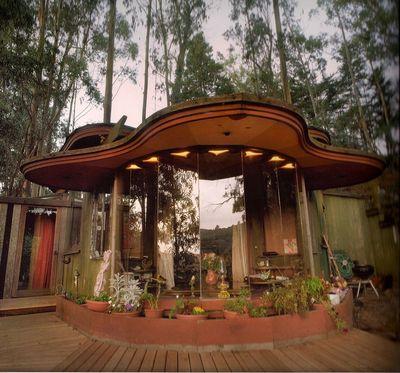



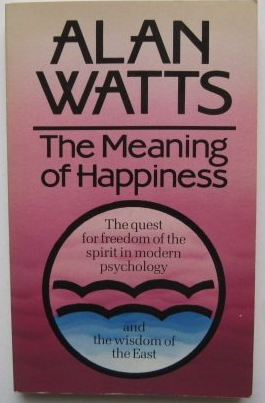

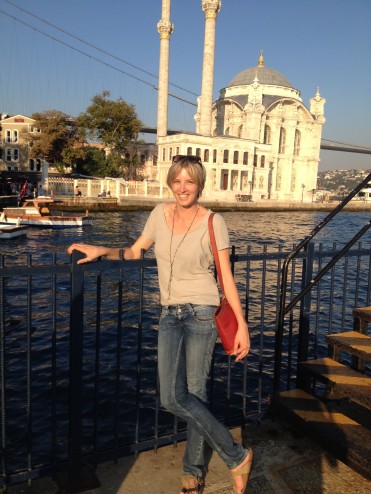 eptember 2014 marked the five year anniversary of this blog and I didn’t even notice. My adventures with ideas haven’t stopped, but unfortunately I’ve been out of the habit of sharing them online.
eptember 2014 marked the five year anniversary of this blog and I didn’t even notice. My adventures with ideas haven’t stopped, but unfortunately I’ve been out of the habit of sharing them online.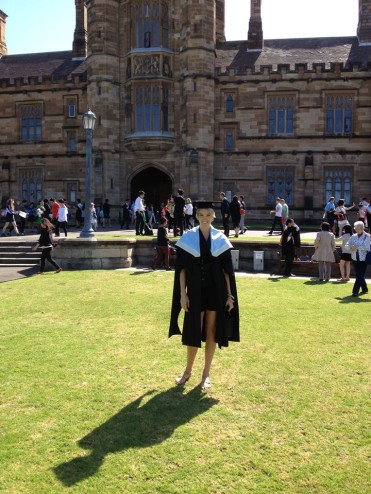 This was a slice of my MPhil research, which I graduated from in November. You can download this 58,000 word thesis here:
This was a slice of my MPhil research, which I graduated from in November. You can download this 58,000 word thesis here: 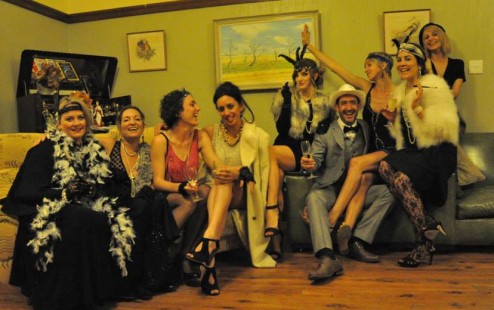 It was a big year for birthdays with members of family and best friends turning the big 18, 30, 40 and 60.
It was a big year for birthdays with members of family and best friends turning the big 18, 30, 40 and 60.
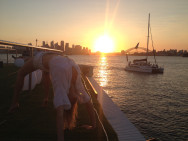


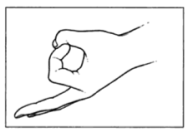
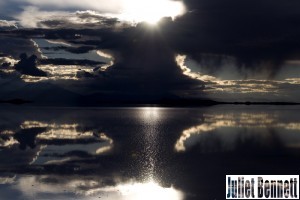

 Mantra literally translates to mind (man) vehicle (tra) – intended to transport your mind from the busy clutter to stillness and clarity. It is also translated to mind protector. A “mantra” is essentially a saying – a few words or sentences that you say over and over again in your head. Your mantra might be ‘I am stressed’ ‘I am stressed’. Or it might be ‘I am that’… Soham or its inversion Hamsa. Soham means I am everything that exists, and everything is one. This is the essence of spiritual
Mantra literally translates to mind (man) vehicle (tra) – intended to transport your mind from the busy clutter to stillness and clarity. It is also translated to mind protector. A “mantra” is essentially a saying – a few words or sentences that you say over and over again in your head. Your mantra might be ‘I am stressed’ ‘I am stressed’. Or it might be ‘I am that’… Soham or its inversion Hamsa. Soham means I am everything that exists, and everything is one. This is the essence of spiritual 





